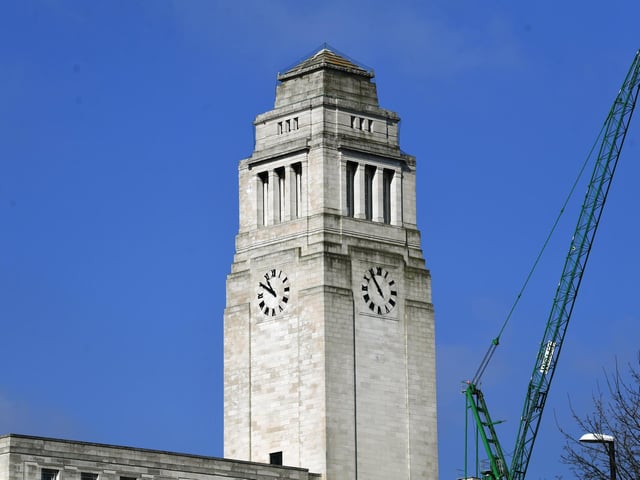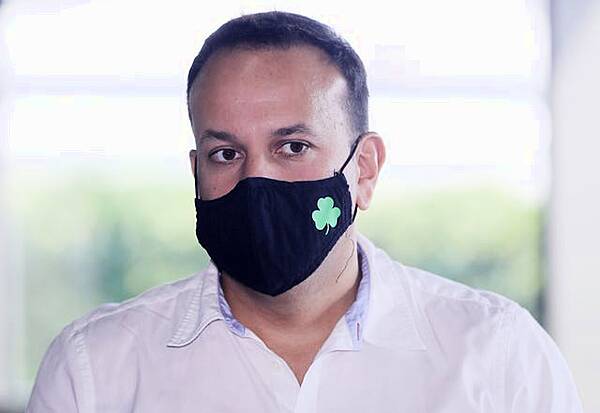By Rebecca Marano
Tuesday, 26th January 2021
The terrifying findings show that the rate in which ice is disappearing has increased massively in the past three decades.
In the 1990s, ice melted at a rate of 0.8 trillion tonnes a year, while it is now 1.3 trillion tonnes per year, and things are getting worse.
Ice melt across the globe raises sea levels, increases the risk of flooding to coastal communities, and threatens to wipe out natural habitats which wildlife depend on.
 Despite storing only one per cent of the Earth's total ice volume, glaciers have contributed to almost a quarter of the global ice losses over the study period, with all glacier regions around the world losing ice.
Despite storing only one per cent of the Earth's total ice volume, glaciers have contributed to almost a quarter of the global ice losses over the study period, with all glacier regions around the world losing ice.The team led by researchers at the University of Leeds were the first team to carry out a survey of global ice loss using satellite data.
There has been a 65 per cent increase in the rate of ice loss over the 23-year survey. This has been mainly driven by steep rises in losses from the polar ice sheets in Antarctica and Greenland.
Dr Thomas Slater, a Research Fellow at Leeds' Centre for Polar Observation and Modelling , said: "Although every region we studied lost ice, losses from the Antarctic and Greenland ice sheets have accelerated the most.
"The ice sheets are now following the worst-case climate warming scenarios set out by the Intergovernmental Panel on Climate Change.

"Sea-level rise on this scale will have very serious impacts on coastal communities this century."
Dr Slater said the study was the first of its kind to examine all the ice that is disappearing on Earth, using satellite observations .
He added: "Over the past three decades there's been a huge international effort to understand what's happening to individual components in Earth's ice system, revolutionised by satellites which allow us to routinely monitor the vast and inhospitable regions where ice can be found.
"Our study is the first to combine these efforts and look at all the ice that is being lost from the entire planet."
The increase in ice loss has been triggered by warming of the atmosphere and oceans, which have warmed by 0.26°C and 0.12°C per decade since the 1980, respectively.
The majority of all ice loss was driven by atmospheric melting (68 %), with the remaining losses (32%) being driven by oceanic melting.
The survey covers 215,000 mountain glaciers spread around the planet, the polar ice sheets in Greenland and Antarctica, the ice shelves floating around Antarctica, and sea ice drifting in the Arctic and Southern Oceans.
Dr Isobel Lawrence, a Research Fellow at Leeds' Centre for Polar Observation and Modelling, said: "Sea ice loss doesn't contribute directly to sea level rise but it does have an indirect influence.
"One of the key roles of Arctic sea ice is to reflect solar radiation back into space which helps keep the Arctic cool.
"As the sea ice shrinks, more solar energy is being absorbed by the oceans and atmosphere, causing the Arctic to warm faster than anywhere else on the planet.
"Not only is this speeding up sea ice melt, it's also exacerbating the melting of glaciers and ice sheets which causes sea levels to rise."
It is estimated that for every centimetre of sea level rise, approximately a million people are in danger of being displaced from low-lying homelands.
Despite storing only one per cent of the Earth's total ice volume, glaciers have contributed to almost a quarter of the global ice losses over the study period, with all glacier regions around the world losing ice.
PhD researcher Inès Otosaka, also from Leeds' Centre for Polar Observation and Modelling, said: "As well as contributing to global mean sea level rise, mountain glaciers are also critical as a freshwater resource for local communities.
"The retreat of glaciers around the world is therefore of crucial importance at both local and global scales."
The study was published in European Geosciences Union's journal The Cryosphere.











.jpg)



